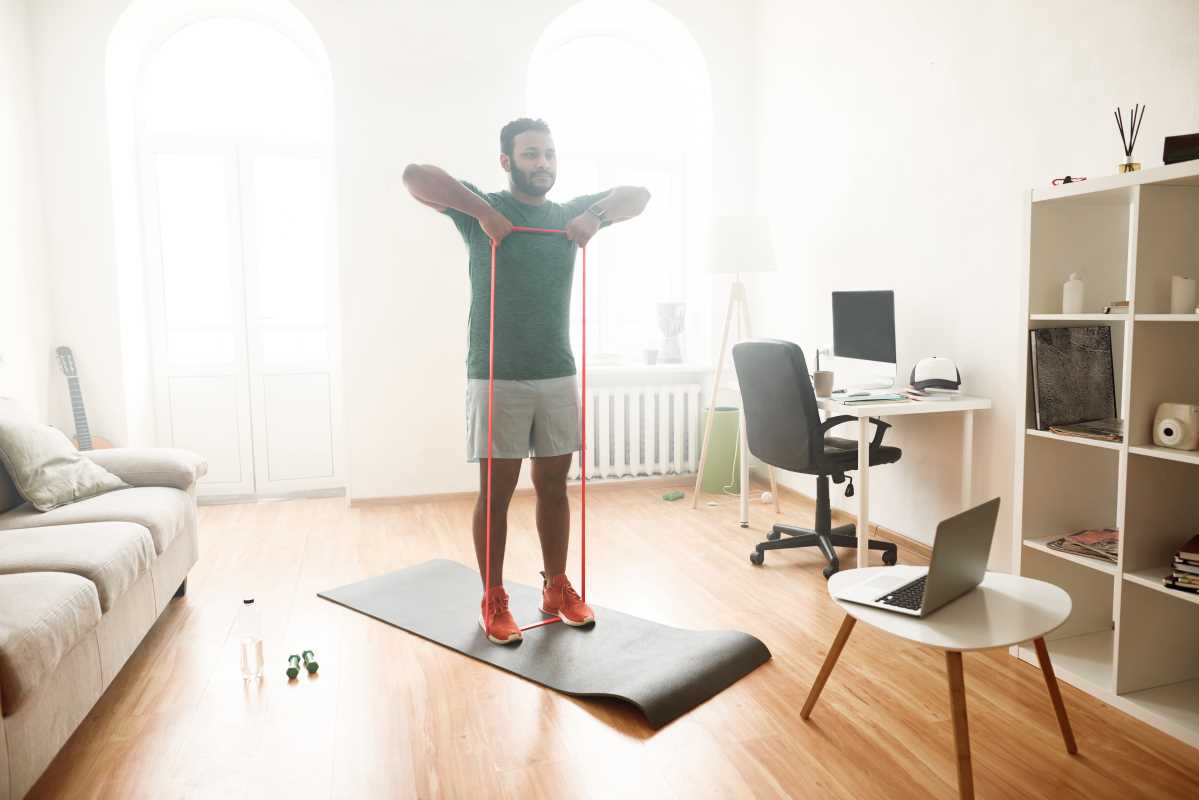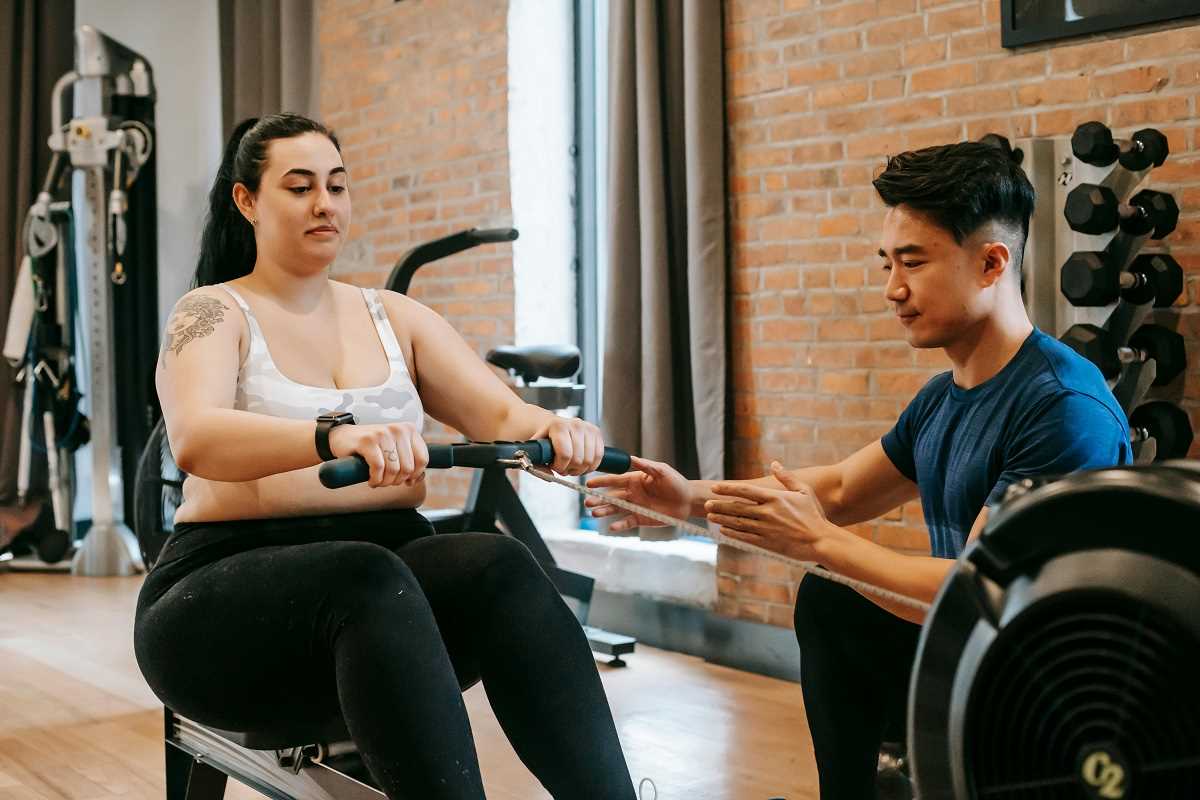Resistance bands are one of the most versatile and affordable pieces of fitness equipment out there. Whether you're just starting on your fitness journey or you're looking to spice up your current routine, these colorful bands can help you build strength, improve flexibility, and tone your body from head to toe.
At first glance, resistance bands might seem simple, even a little underwhelming, but don't be fooled. Using them effectively can transform workouts and deliver impressive results. This guide will show you how to get the most out of your resistance bands, complete with tips, techniques, and a lineup of beginner-friendly moves to try.
Why Resistance Bands Are a Game-Changer
Before jumping into how to use resistance bands more effectively, let's talk about why they're worth your time in the first place. Unlike big, bulky equipment or expensive gym memberships, resistance bands are lightweight, portable, and wallet-friendly. Plus, they provide a great way to challenge your muscles in ways that are different from traditional weights.
Here are just a few benefits:
- Adaptable to All Fitness Levels: Whether you're a beginner or a seasoned athlete, resistance bands come in varying levels of tension, making it easy to adjust the intensity of your workout.
- Joint-Friendly: They provide constant tension throughout the movement, which reduces stress on your joints compared to heavy free weights.
- Full Range of Motion: Resistance bands encourage controlled, steady movements, helping you achieve a full range of motion with every rep.
- Travel-Friendly: Their portability means you can get a great workout anywhere, whether you're at home, in a park, or even on vacation.
- Budget-Friendly: A single set of resistance bands costs a fraction of what you'd spend on a gym membership or a set of dumbbells.
Now that the benefits are clear, let's explore how to use these bands to maximize your workout.
Mastering the Basics of Resistance Bands
Using resistance bands effectively starts with knowing a bit about how they work. Unlike free weights, resistance bands rely on tension. The further you stretch them, the harder your muscles have to work. Because of this, the amount of resistance changes throughout the exercise, allowing for a dynamic range of difficulty.
Here are a few tips to help you get started:
Choose the Right Resistance Level
Most resistance bands are color-coded based on their level of tension. Lighter bands are easier to stretch and are great for beginners or for targeting smaller muscle groups like biceps or triceps. Heavier bands provide more resistance and are better for larger muscle groups like legs and back. Start with a lighter band and work your way up as you build strength.
Focus on Proper Form
Proper form is everything when it comes to fitness. With resistance bands, it’s easy to lose focus and end up yanking or jerking through the movement. Avoid this mistake. Keep your movements slow, controlled, and deliberate. This not only maximizes the effectiveness of the exercise but also reduces your risk of injury.
Anchor Securely
Some resistance band exercises require you to anchor the band to a stable object, like a door, railing, or heavy piece of furniture. Make sure whatever you're anchoring to is sturdy enough to handle the tension. A flying resistance band is a workout you don’t want!
Stabilize Yourself
If you're pulling or pushing against the band's resistance, your core naturally gets involved. Use this opportunity to keep your abs engaged and work on building core strength.
Creative Ways to Use Resistance Bands
Now that you have the basics down, let’s explore creative ways to incorporate resistance bands into your workout routine. These moves target different parts of your body to give you a total-body workout.
Lower Body Power Moves
Your legs are home to some of the largest muscles in your body, and resistance bands can help you strengthen them without heavy weights.
1. Squat With a Band
- Step both feet on the band, shoulder-width apart, and hold the handles or ends near your shoulders.
- Perform a squat, keeping your chest up and your knees aligned with your toes.
- Push back up to standing against the band’s resistance.
Why it works: This adds extra resistance to your squats, making each rep more challenging and effective.
2. Clamshells
- Place a loop resistance band just above your knees and lie on your side with your knees bent.
- Keep your feet together as you gently lift your top knee, creating tension in the band.
- Lower your knee back down under control and repeat.
Why it works: This move strengthens your glutes and hips, which are crucial for stability and balance.
3. Glute Bridge
- Lie on your back with your knees bent and your feet flat on the floor.
- Place a loop band just above your knees.
- Lift your hips toward the ceiling, squeezing your glutes at the top, and then slowly lower back down.
Why it works: Add the band to activate those glute muscles even more for a stronger backside.
Upper Body Strengtheners
Build your upper body by incorporating resistance bands into these classic moves.
4. Banded Push-Ups
- Wrap a resistance band across your back and hold each end in your hands.
- Get into a push-up position and perform as usual, feeling the band’s extra resistance as you press up.
Why it works: This move fires up your chest, shoulders, and triceps for a challenging upper-body burn.
5. Seated Rows
- Anchor your band around a sturdy object and sit on the floor with your legs straight in front of you.
- Grab the ends of the band with both hands and pull back, squeezing your shoulder blades together.
- Slowly return to the starting position.
Why it works: This targets your back muscles and improves posture.
6. Bicep Curls
- Stand on the center of the band and hold the ends with your palms facing upward.
- Curl your hands toward your shoulders, keeping your elbows close to your sides.
- Slowly lower the band back down.
Why it works: Resistance bands provide constant tension, making bicep curls more challenging and effective.
Core Stabilizers
Don’t forget to strengthen your core! A strong core supports almost every move you make, in or out of the gym.
7. Russian Twists
- Sit on the floor with your legs bent and feet flat, holding each end of the resistance band.
- Anchor the band securely and twist your torso side to side, tapping the band to the floor with each twist.
Why it works: This move targets your obliques and builds rotational strength.
8. Plank With Band Pulls
- Wrap a band around your wrists and get into a plank position.
- Slowly pull one arm outward against the band’s resistance without losing your plank form.
Why it works: This combines upper-body strength with incredible core engagement.
Flexibility and Mobility
Resistance bands aren't just about strength. They're also excellent for stretching and improving flexibility.
9. Hamstring Stretch
- Sit on the floor and loop a band around one foot while holding the ends with your hands.
- Straighten your leg and gently pull the band toward you until you feel a stretch in your hamstring.
Why it works: It’s a great way to loosen up tight hamstrings without straining them.
10. Shoulder Stretch
- Hold the band with both hands, keeping your arms straight.
- Pull it overhead and slightly behind your head to stretch your shoulders and chest.
Why it works: This improves mobility in your shoulders and opens up your chest.
Build Your Own Resistance Band Routine
Now that you have a range of exercises to try, here’s how you can turn them into a full-body workout. Perform three sets of 10-12 reps for each exercise, and focus on form over speed.
- Warm-Up (5 minutes): Dynamic stretches like arm circles and bodyweight squats
- Lower Body (3 exercises): Squat With a Band, Clamshells, Glute Bridge
- Upper Body (3 exercises): Banded Push-Ups, Seated Rows, Bicep Curls
- Core (2 exercises): Russian Twists, Plank With Band Pulls
- Cool-Down (5 minutes): Hamstring stretch and shoulder stretch
Final Tips for Success
- Start small and gradually increase the intensity as you feel more comfortable.
- Remember to breathe! Exhale during effort (e.g., lifting, pulling) and inhale during the return phase.
- Keep your resistance bands in good condition. Replace them if you notice fraying or thinning.
- Consistency is key. Incorporate resistance band workouts into your routine 2-3 times a week for the best results.
Resistance bands might not have the flashiness of heavyweights or fancy gym machines, but don’t underestimate their power. Stay consistent, focus on your form, and have fun experimenting with new moves to keep your workouts fresh. Now go grab your resistance bands and take your fitness game to the next level!







